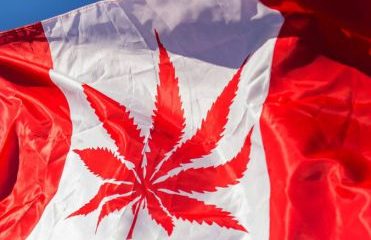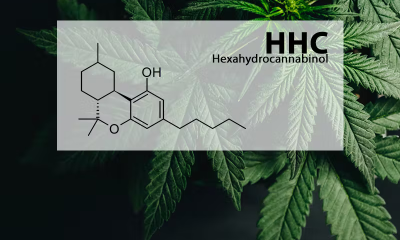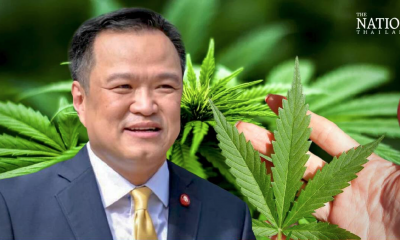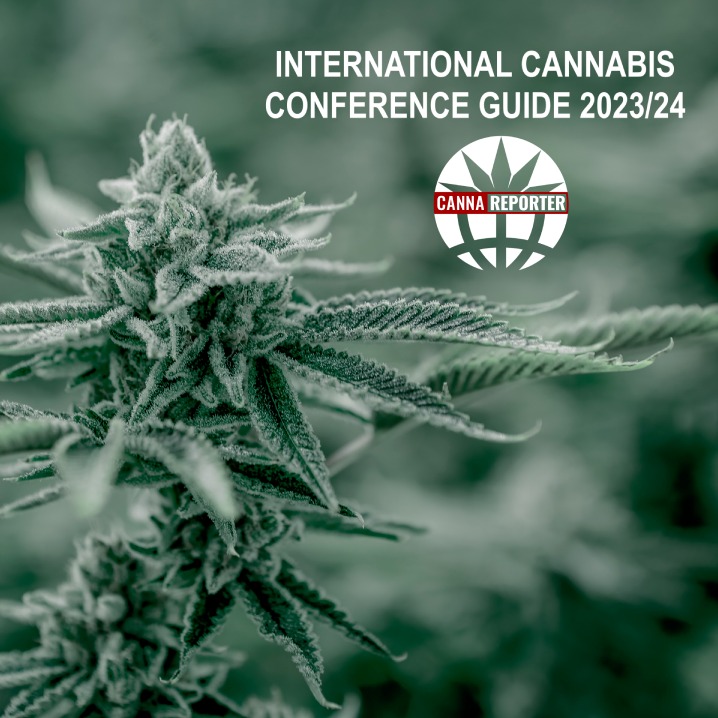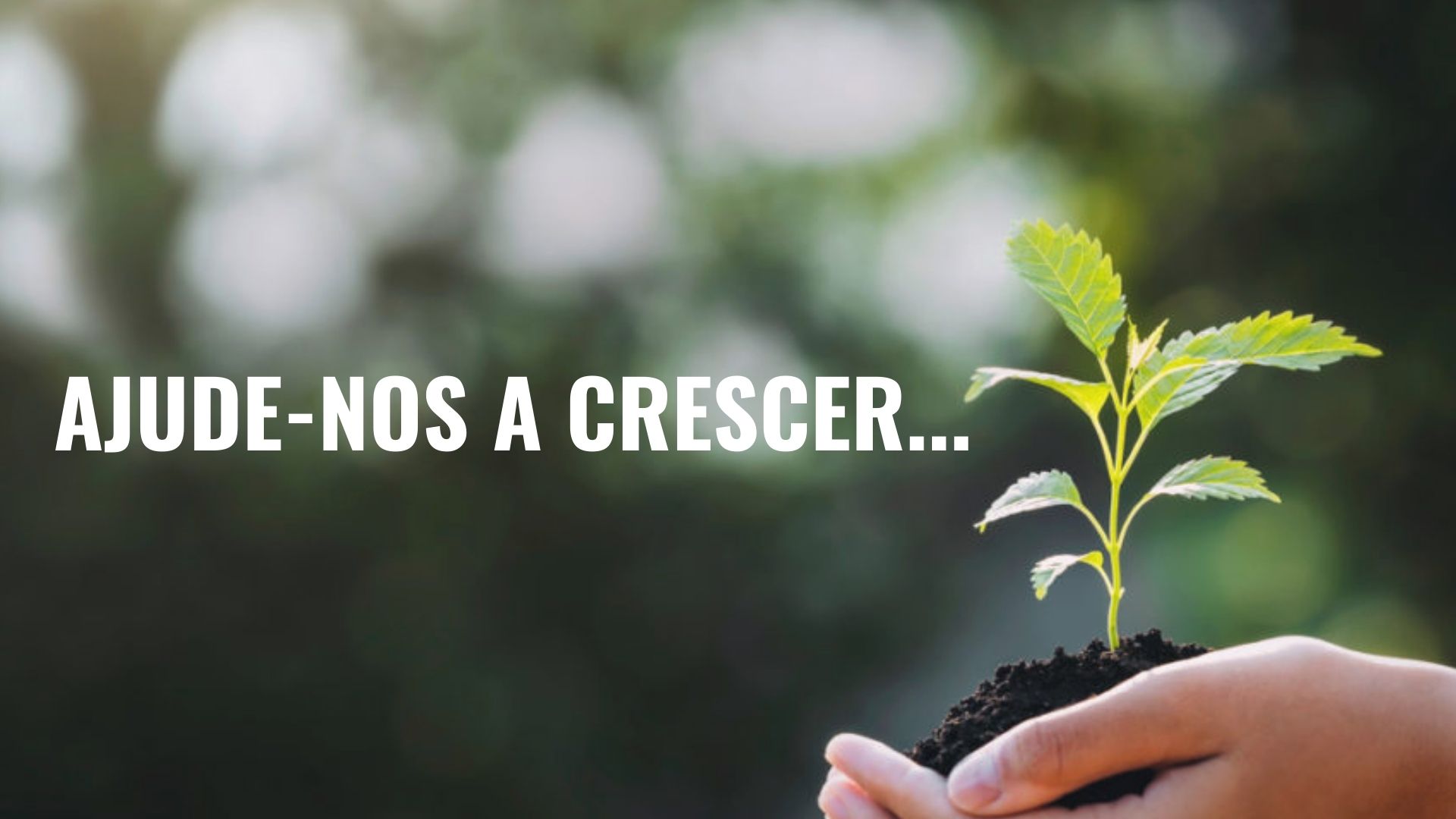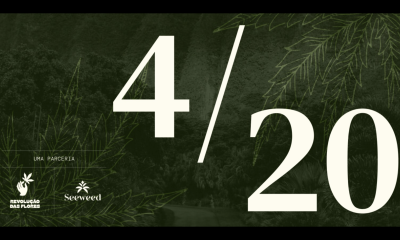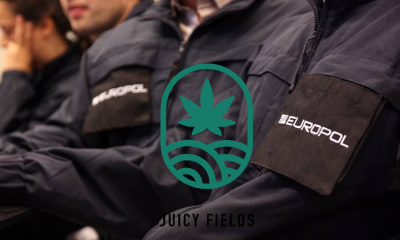Regular cannabis users may require more anesthesia during medical procedures to remain sedated compared to non-users, reported the Wall Street Journal. This side effect of cannabis use is not commonly known, but disclosure of cannabis use is highly recommended to anesthesiologists before surgeries or procedures. Staci Gruber, Director of the Marijuana Investigations for Neuroscientific Discovery (MIND) program at McLean Hospital in Belmont, Massachusetts, and co-author of a recently published study on interactions between cannabis and other drugs says that “it is extremely important to disclose your cannabis use to your anesthetist.”
Hospitals already ask about alcohol consumption, which affects anesthesia requirements, but many people do not directly mention cannabis use. In fact, many health professionals do not usually ask about this use. A federal survey carried out in 2021 showed that 18,7% of people aged 12 or over had used cannabis in the previous year.
The impact of anesthesia on users of THC (tetrahydrocannabinol, the main psychoactive component of cannabis, responsible for causing effects known as “high”) and CBD (cannabidiol, which is sometimes used as a remedy for pain, sleep or anxiety) still It is not clear.
Julius Hyatt, an orthodontic surgeon at the Maryland Center for Oral Surgery and Dental Implants in Cockeysville, noticed that many of his patients who were regular cannabis users needed greater amounts of anesthesia to remain sedated. Some cannabis patients needed two to three times the normal amount of Propofol to remain anesthetized, leading Hyatt to alter his patient health history chart to ask more specific questions about their cannabis use.
Anesthetists monitor sedation levels and may give more anesthesia if they notice that the anesthetic effect is wearing off. However, regular cannabis users seem to need more anesthesia to become sedated and stay sedated.
In January, The American Society of Regional Anesthesia and Pain Medicine has published guidelines, recommending that all patients undergoing anesthesia be screened and questioned about their cannabis use, including frequency of use, method of consumption and the last time they did so. However, researchers are still learning about how cannabis affects anesthesia, so The guidelines do not specify how much additional anesthesia users require.
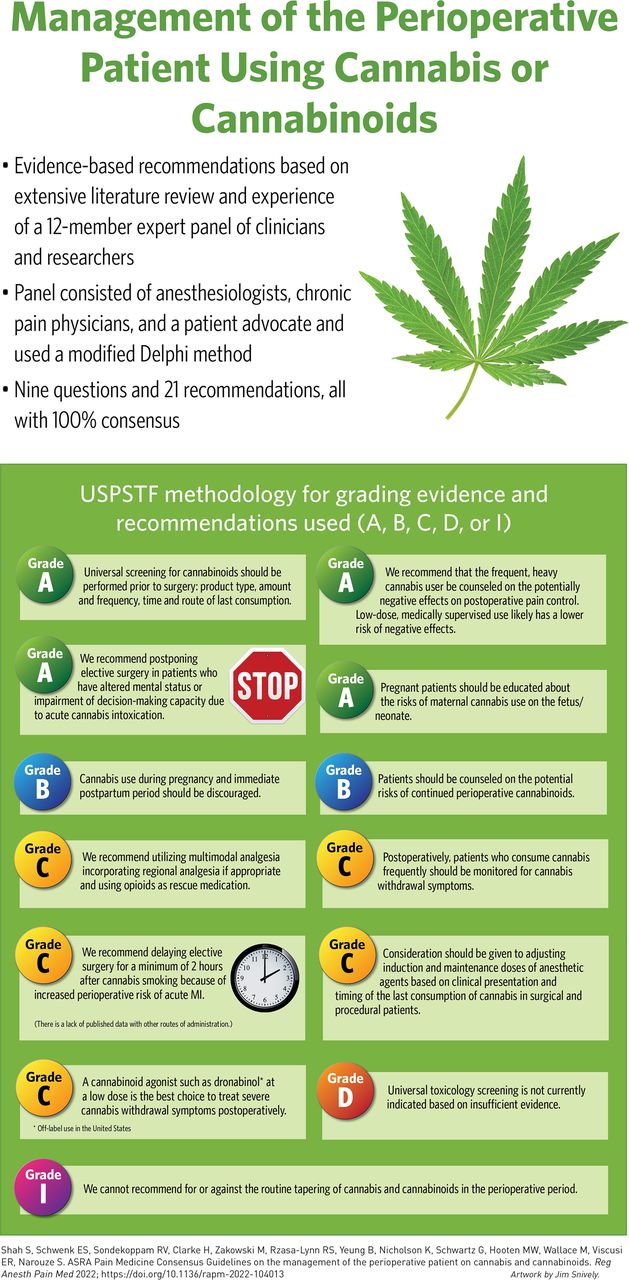
According to a a study published in PLOS ONE in 2021, Cannabis use has been associated with an increased dose of Propofol needed to sedate patients for an endoscopy, with daily users requiring a higher dose than weekly or monthly users.
Cannabis is processed by an enzyme system in the liver and can interfere with sedation because other drugs, including anesthetics, are also processed in the liver. The way cannabis is consumed also makes a difference, with a longer-lasting impact when ingested through an edible and processed by the liver, compared to when inhaled.
Cannabis may also interfere with painkillers after surgery, with a 2018 study in the journal “Patient Safety in Surgery” finding that cannabis users had higher pain scores and consumed 25% to 37% higher amounts of opioids for pain compared to non-users.
All patients undergoing surgery are asked about cannabis use in the hospital system where David Dickerson, Chair of the Pain Medicine Committee of the American Society of Anesthesiologists, works. Patients who may require higher doses of anesthesia or be monitored more closely are those considered regular users, that is, those who use cannabis for more days than the days they do not.
Jeffrey Galinkin, Chairman of Perioperative and Anesthesia Services at Aurora Medical Center in Colorado, has regularly asked his anesthesia patients about their cannabis use for years, and has followed up by letting them know that Their answers will affect the amount of anesthetics and pain medication they are given. According to Galinkin, “when you say that, they become very truthful very quickly.”







